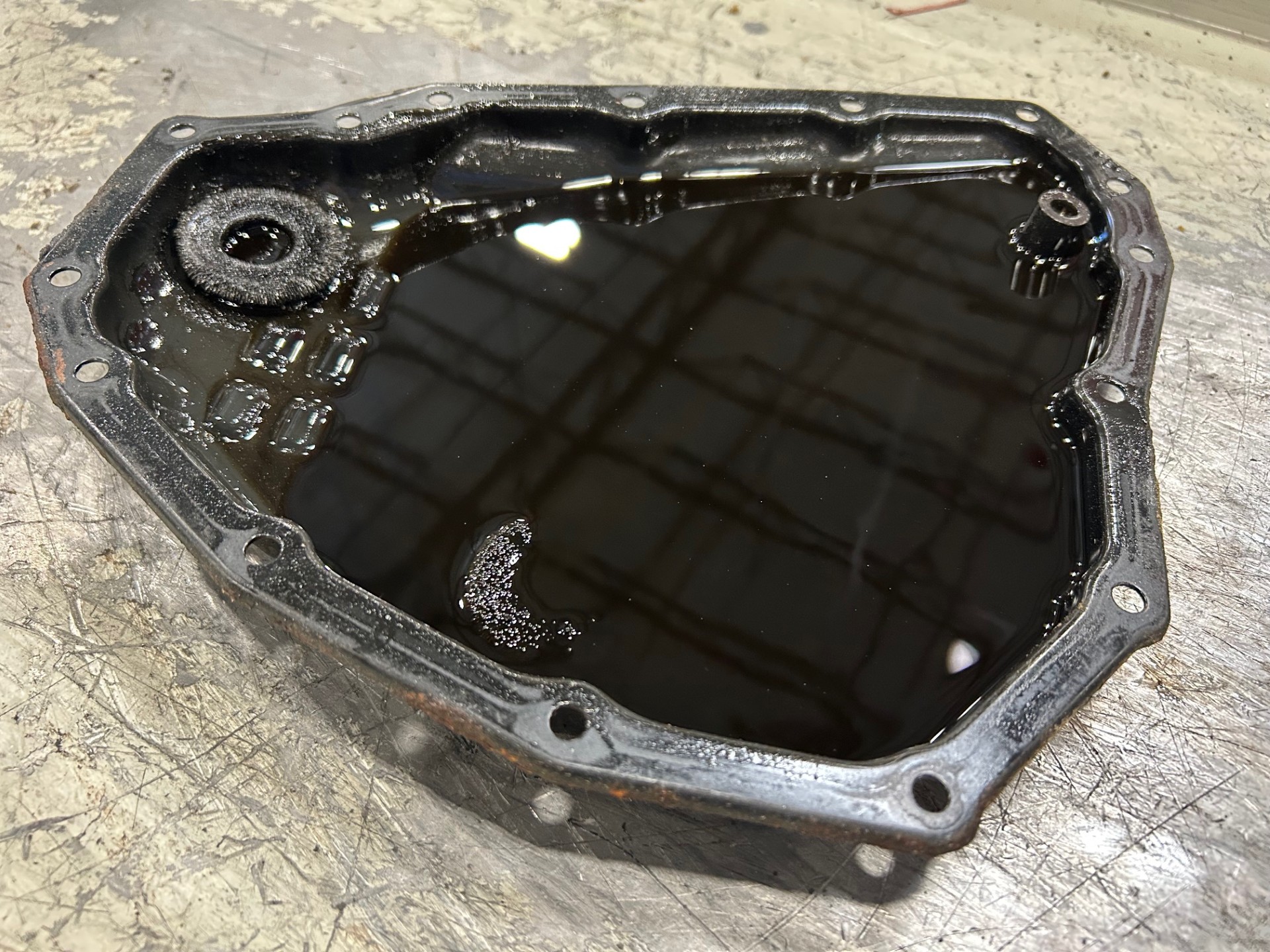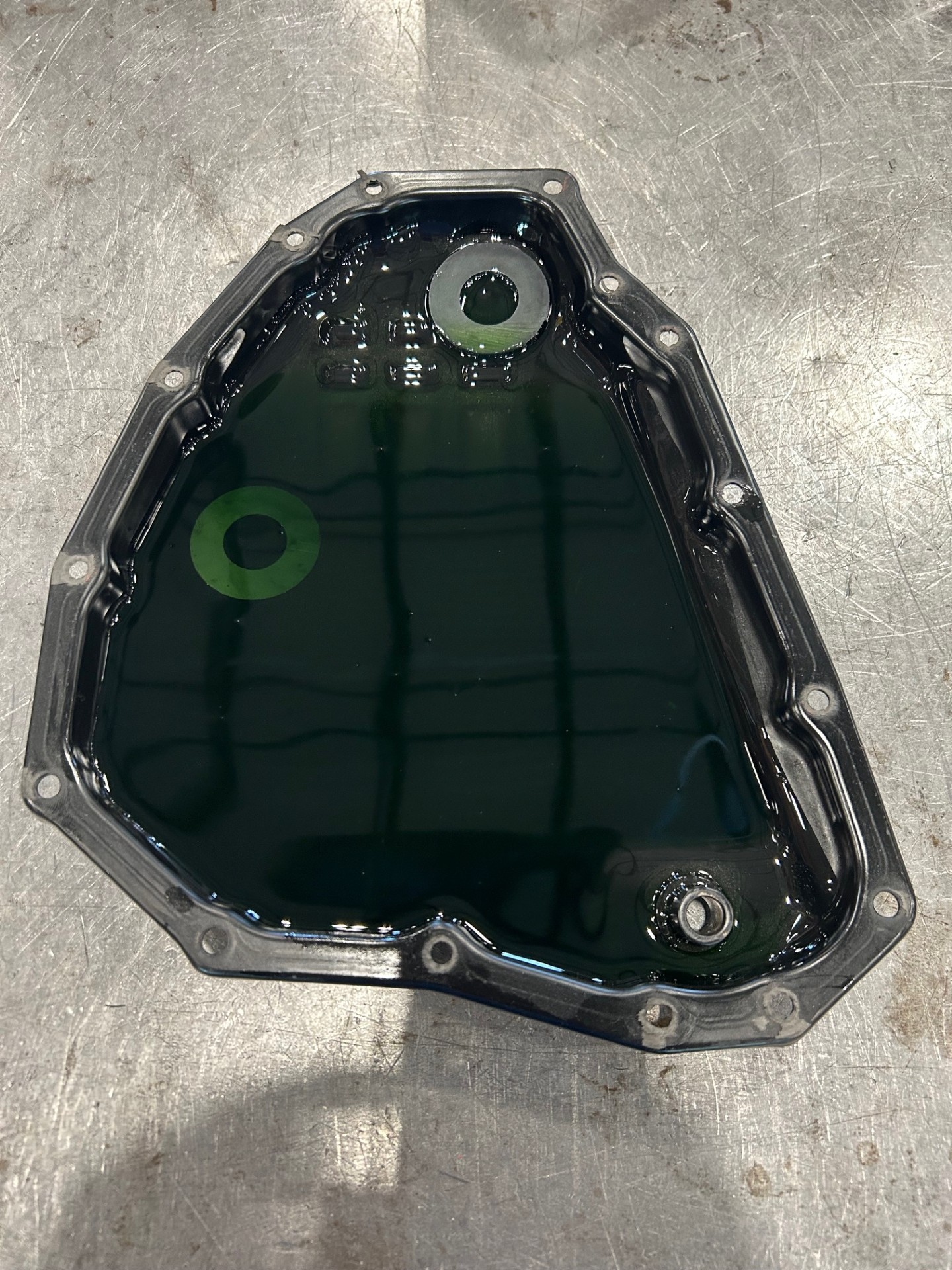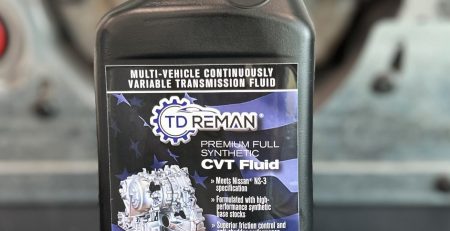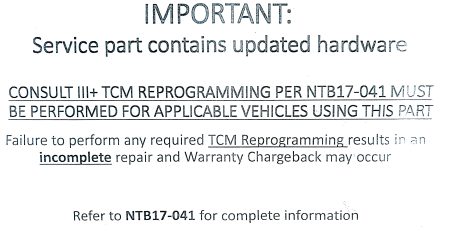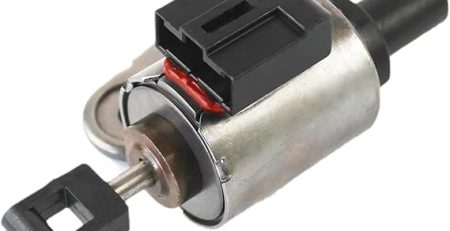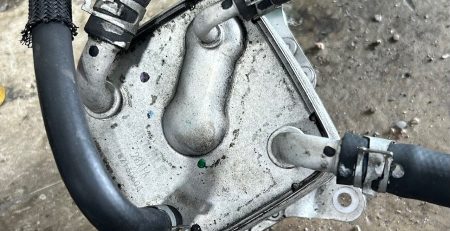How Often Should You Change Nissan CVT Fluid? What Every Technician Should Know
Nissan recommends changing CVT (Continuously Variable Transmission) fluid approximately every 60,000 miles under normal driving conditions. However, for vehicles exposed to severe use—including heavy city traffic, high ambient temperatures, or towing—CVT fluid may need to be replaced as early as 30,000 miles to maintain transmission health and avoid premature failure.
While some Nissan owner’s manuals may label CVT fluid as “lifetime,” experienced transmission professionals know that routine CVT fluid service is critical, especially as the vehicle ages. This is particularly important for shops installing remanufactured CVTs, where the goal is long-term reliability.
Signs the CVT Fluid Has Reached the End of Its Useful Life
Visual and physical inspection of CVT fluid can provide clear signs of wear or contamination. Here’s what to look for:
- Dark or Burnt Fluid: Fresh Nissan CVT fluid is typically light green or translucent pink. If the fluid is dark brown, black, or smells burnt, it’s a sign of overheating or oxidation—often caused by prolonged use under heavy load or overdue service intervals.
- Metal Flakes or Debris: Inspect fluid on a white shop towel. Shiny metallic particles may indicate internal wear, particularly of the pulleys or belt. This is a red flag for potential failure and may require immediate service or inspection of the unit.
- Thick or Sludgy Consistency: Healthy CVT fluid is slick and has a smooth, low-viscosity feel. If the fluid is gummy, sludgy, or sticky, it may have broken down or absorbed moisture and contaminants—compromising lubrication and cooling.
- Bubbles or Foaming: Excessive foaming during operation can point to fluid degradation, improper fluid level, or air contamination. This can cause erratic performance and reduced hydraulic pressure.
- Delayed Engagement or Jerky Operation: While these are performance symptoms, if they’re present alongside visual signs of poor fluid condition, it strongly suggests that the CVT fluid is no longer providing proper hydraulic pressure or protection.
TD REMAN Pro Tip
Don’t wait for a failure to address CVT fluid condition. Proactively inspecting and servicing CVT fluid—especially during major services. At TD REMAN, we recommend always draining and refilling with the correct Nissan NS-2 or NS-3 CVT fluid (depending on application), and verifying fluid quality no later than every 60,000 miles.
Lastly, and equally important, when replacing the CVT fluid it is vital to always remember to Reset the CVT Fluid Degradation. Modern Nissan vehicles utilize the Transmission Control Module (TCM) to monitor the condition of the CVT fluid over time. This system doesn’t directly test the fluid, but instead calculates “fluid degradation” based on driving conditions, mileage, and transmission temperature data.
When the CVT fluid is changed but the degradation counter is not reset, the system continues to operate under the assumption that the old or worn fluid is still in use. This may lead to Incorrect TCM Adaptation: The TCM may use outdated data that affects line pressure, shift timing, and cooling strategy, resulting in reduced performance or premature wear.
✅ When Should You Reset the CVT Fluid Degradation Value?
- After any complete CVT fluid replacement
- When installing a remanufactured CVT unit
Bottom Line for Technicians
Whenever you’re servicing or installing a TD REMAN remanufactured CVT unit, resetting the CVT fluid degradation value is a must. It ensures the TCM adapts correctly to the new fluid conditions, prevents unnecessary DTCs, and gives your customer a smoother, more reliable driving experience post-service. Always recommend your customer to bring their Nissan vehicle back for CVT fluid replacement every 30,000 or 60,000 miles to extend the life of their CVT transmission.
For more CVT service insights or tech support, contact the TD REMAN team.

